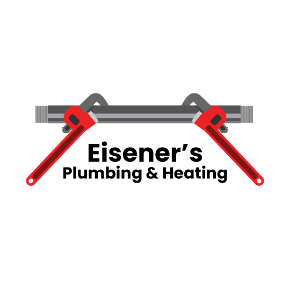
Basement flooding is a common and potentially costly issue that many homeowners face.
The consequences can be devastating, whether it’s caused by heavy rain, melting snow, or plumbing failures. As expert plumbers, we understand the importance of proactive measures to prevent basement flooding. In this blog post, I’ll share valuable tips and advice to help you safeguard your home and keep your basement dry.
1. Inspect and Maintain Your Gutters and Downspouts:
One of the primary causes of basement flooding is water overflowing from clogged gutters and downspouts. Regularly inspect and clean your gutters to remove leaves, debris, and other obstructions. Ensure that downspouts extend at least 10 feet away from your home’s foundation to direct water away from the basement.
2. Grade Your Landscape Away from the Foundation:
Proper landscaping can significantly impact the drainage around your home. Ensure the ground slopes away from the foundation to prevent water from pooling around the basement walls. This helps to divert rainwater and melting snow away from your home, reducing the risk of basement flooding.
3.Install a Sump Pump:
A sump pump is a crucial component in preventing basement flooding. It is designed to remove excess water that accumulates around the foundation. Regularly test your sump pump to ensure it is in good working condition. Consider installing a battery backup system to ensure the pump continues to operate during power outages.
4.Seal Basement Walls and Floors:
Water can seep through cracks in your basement walls and floors, leading to flooding. Inspect the foundation for any cracks and seal them using an appropriate waterproofing sealant. This not only helps prevent water infiltration but also enhances the overall structural integrity of your home.
5.Install Window Well Covers:
If your basement has windows, consider installing window well covers. These covers protect against rainwater and debris, preventing them from entering the basement through window wells. Ensure that the covers are securely fastened and in good condition.
6.Check and Maintain Plumbing Systems:
Regularly inspect your plumbing for leaks and signs of wear. Ensure that sump pumps, sewer lines, and other drainage systems are functioning properly. If you notice any issues, address them promptly to prevent water damage.
7.Invest in a Backflow Preventer:
A backflow preventer is a device that stops water from flowing back into your home’s plumbing system. This is particularly important in areas prone to heavy rainfall or sewage backups. Consult a professional plumber to determine if a backflow preventer is necessary for your home.
Taking these preventative measures can significantly reduce the risk of basement flooding and protect your home from water damage. Regular maintenance, proactive inspections, and investing in the right equipment are key components of a comprehensive flood prevention strategy. If you need clarification on any of these steps or encounter persistent issues, give us a call to assess and address the specific needs of your home. Remember, a little prevention goes a long way in keeping your basement dry and your home safe.


